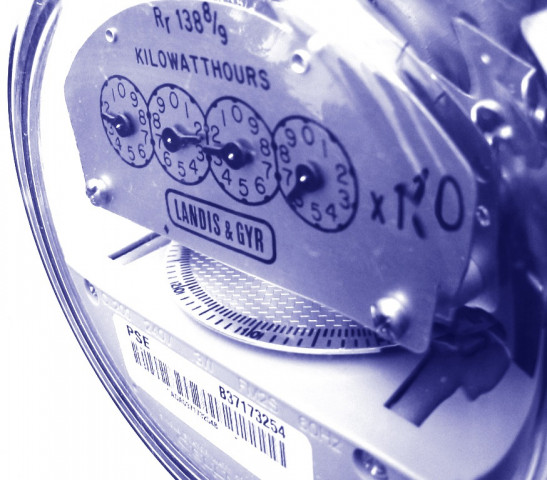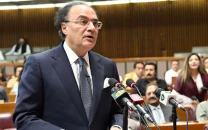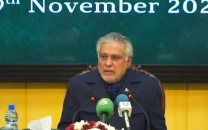Pill too sour to swallow: Government plans to defer increase in power tariff
Will have to bear additional subsidy of Rs200b this fiscal year.

Private sector defaulters, who have to pay Rs161 billion to power companies, are still getting electricity without any difficulty. PHOTO: FILE
The Ministry of Water and Power has decided that it will not go for an increase in the power tariff, as decided by the National Electric Power Regulatory Authority (Nepra), instead it will ask the Ministry of Finance to bear an extra subsidy of Rs200 billion – a move that may not go down well with multilateral lenders.
According to sources, the water and power ministry had prepared a summary for the increase in power price, which will be sent to the Ministry of Law for vetting and notification. But it will not be applied to the consumers.
The move may annoy the International Monetary Fund (IMF) and other multilateral lenders, who have asked Pakistan time and again to push up power tariffs and restrict subsidies. The government had raised the tariff by 16% in 2011-12 and 22% in 2010-11.
In June last year, power distribution companies had filed petitions with Nepra, seeking an upward revision in the tariff claiming higher operational costs.
However, Nepra, on the insistence of the federal government, fearing a political backlash, did not take any decision until the PPP government completed its tenure.

“After the revision, power price will go up to Rs14.50 per unit from the existing Rs11.89 per unit, leading to a price differential claim of Rs5.63 per unit,” a government official said. “The government would have to cover this price gap in the form of subsidy if the water and power ministry’s plan is accepted.”
The government is already paying Rs3.02 in subsidy to the consumers as it charges Rs8.87 for every unit of electricity.
Sources also said that the power ministry would not increase the tariff for consumers and as a result the subsidy would go up, forcing the caretaker government to release an additional Rs200 billion to settle tariff differential claims until the end of the current financial year in June.
This year, the government has already paid a subsidy of Rs268 billion against the target of Rs185 billion, which will go up to Rs291 billion by the end of the year. “If the tariff is kept at the present level, the subsidy will shoot up to Rs491 billion with the addition of around Rs200 billion,” the official said.
Not only the subsidy burden, the caretaker government will also have to deal with mounting circular debt, estimated at Rs450 billion, which the PPP-led government failed to eliminate.
Every month, over Rs30 billion is added to the circular debt on account of transmission and distribution losses, lower collection, late payment surcharge to independent power producers, loss of fuel adjustment surcharge and high non-technical T&D losses.

Earlier, the Musharraf government had also frozen power tariff in its last year in power and the caretaker government increased the tariff by a whopping 30%. Later, it brought down the price increase to 16% following protests across the country.
According to the officials, the PPP government focused more on reducing outages, but did not take measures to restructure the power sector. Syed Naveed Qamar was replaced with Chaudhry Ahmed Mukhtar as minister for water and power with a commitment to cut load-shedding by 50%.
Private sector defaulters, who have to pay Rs161 billion to power companies, are still getting electricity without any difficulty. Finding itself helpless, the government has involved the National Accountability Bureau (NAB) in the drive to recover Rs100 billion from the defaulters, who total around 234,000.
The recovery rate of power distribution companies has also dropped. They supplied electricity worth Rs450 billion to the consumers from July 2012 to January 2013, but recovered only Rs386 billion – 85% of total billing. The recovery rate was 86% in 2011-12 and 87% in 2010-11.
Published in The Express Tribune, April 26th, 2013.
Like Business on Facebook to stay informed and join in the conversation.












1729471601-0/image-(8)1729471601-0-208x130.webp)






COMMENTS
Comments are moderated and generally will be posted if they are on-topic and not abusive.
For more information, please see our Comments FAQ